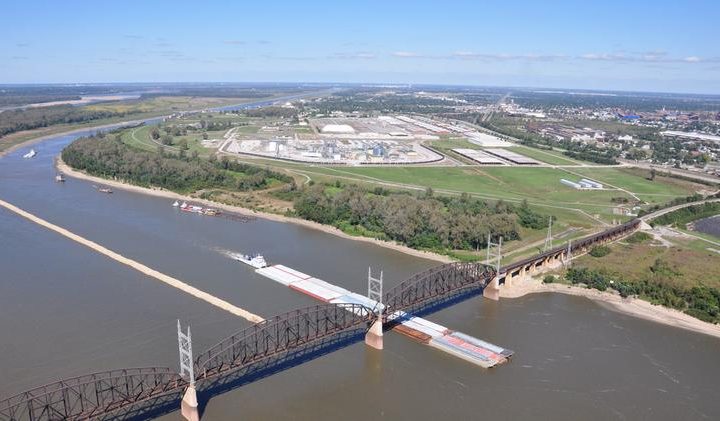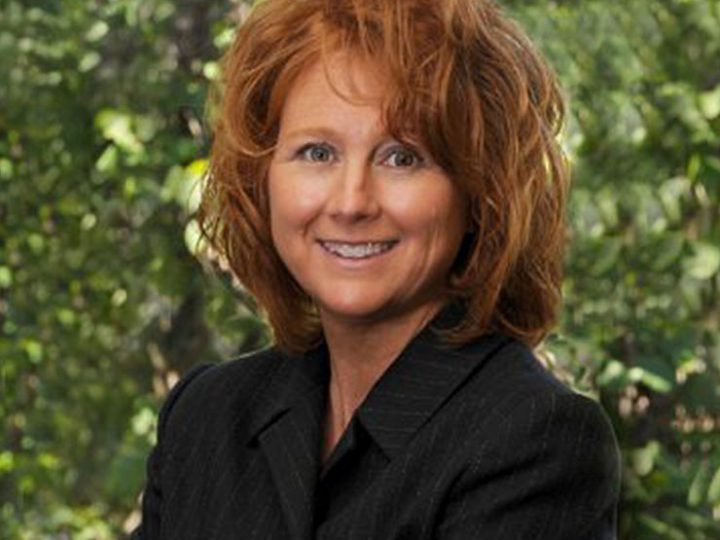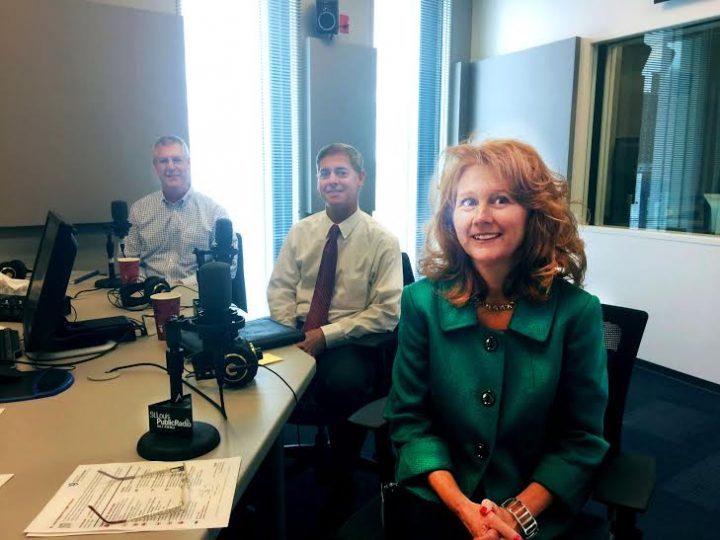
$250 million in expansions by Procter & Gamble and Millipore Sigma is creating 270 new jobs in already thriving sector
The St. Louis region ranks among the top 25 metro areas in the United States for chemical exports, and recent investment in the sector could drive that ranking higher. The bi-state area has more than three times more soap and cleaning compound manufacturing jobs than other similar-sized markets, having seen 12.3% growth in the industry’s jobs over the past five years. The industry’s growth and impact is supported by major employers in the sector, such as Dial/Henkel, Phillips 66 Wood River Refinery, Procter & Gamble Company (P&G) and MilliporeSigma, the U.S./Canada biotech and life sciences business of Merck. Both P&G and MilliporeSigma are making significant investments in the bi-state region, supporting continued growth.
P&G, a global leader in the manufacturing of a wide variety of consumer goods, has expanded operations in St. Louis, investing $180 million and creating 100 new jobs in this robust sector of the region’s economy. P&G’s St. Louis facility has been in operation for nearly a century and produces brands including Cascade®, Mr. Clean®, and Febreze®. The company’s expansion includes the addition of new equipment and a new warehouse at its existing north St. Louis riverfront location, the conversion of an existing warehouse to a manufacturing facility, and the construction of a new office building.
“P&G is proud to be part of the St. Louis community,” said Daniel Palop Rabat, Plant Manager for P&G St. Louis, when announcing the completion of the company’s expansion in September 2024. “This expansion marks a significant milestone as we approach our 100th anniversary in 2027. With state-of-the-art automation and increased production capacity, we are committed to innovation, sustainability, and excellence. This investment not only enhances our operational efficiency but also creates new job opportunities, boosting the local economy. We look forward to continued growth and collaboration in St. Louis.”
MilliporeSigma recently announced that it will invest $76 million and create 170 new jobs in St. Louis. This investment will triple its manufacturing capacity for antibody drug conjugates for cancer treatment at the Bioconjugation Center of Excellence facility.
Mary Lamie, Executive Vice President of Multimodal Enterprises for Bi-State Development and head of the St. Louis Regional Freightway, believes the continued growth of companies such as P&G and MilliporeSigma is fueled in part by both the region’s strategic location and its tremendous workforce.
“The region is home to more than 21,200 professionals specializing in chemistry, pharmacology, plastics, soap and cleaning compounds, and other chemical-related sectors,” said Lamie. “The presence of this skilled labor, coupled with the world-class multimodal infrastructure that supports efficient and reliable freight movement, contributes to the continued growth of the region’s chemicals manufacturing sector.”
Beyond soap and cleaning compounds, the industry includes significant additional sub-sector clusters in pharmaceutical, petroleum and coal products, as well as fertilizer and agricultural chemicals. The pharmaceutical and medicine sub-sector is home to major international corporations such as Pfizer, GlaxoSmithKline, and other U.S. corporations like Mallinckrodt.
The innovation ecosystem in the St. Louis region also is healthy, with regional bioscience companies receiving $1.5 billion in venture capital since 2015.
Chemical Manufacturing is one of four targeted industries in which the St. Louis region has noteworthy competitive advantages over peer cities in the Midwest or other regions nationwide – the other three being Advanced Manufacturing, Food & AgTech, and Metals. Those advantages are reflected in not only the strength of the available workforce and the fact that the productivity of the region’s manufacturing workforce is 15% greater than the national average, but also in the global access the region offers. It is the most strategic location on the Mississippi River, served by all six Class I railroads, four interstates with low congestion, and no tolls, along with two international airports, all of which support the region’s role as a global logistics hub.




